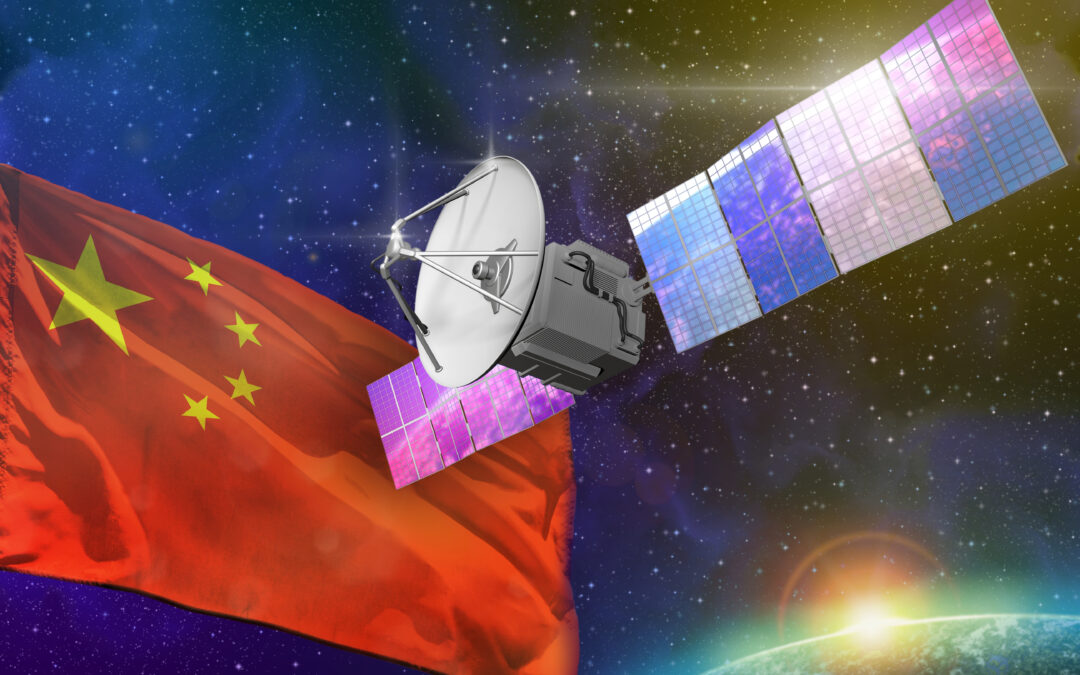Image: Shutterstock
**************************
UPDATE 23 December –
Our friends at Stanford pointed out that we misunderstood the article. The satellite in question has been broadcasting the signal continuously since 2021. Re-reading the article it seems the “spikes” are seen in receivers when the offending satellite passed overhead. The folks at Stanford theorize it is unintended carrier leakage. And they say the incident points to the need to be able to detect interference from space and distinguish it from terrestrial interference.
We remained concerned about interference of all kinds, especially from space, and the kind of mischief bad actors could get up to.
**************************
What’s New: An article documenting a very brief “spike” GNSS interference event in June 2021. The source was a Bei Dou satellite.
Why It’s Important:
- Interference from space, especially from MEO or GEO, can impact a huge portion of the globe.
- China and Russia have GNSS constellations at MEO. Now we are wondering if some of those satellites have more powerful transmitters than others.
- China never fessed up to a malfunction, that we know of.
What Else to Know:
- It is quite possible the Chinese transmission was an accident, not a test or demonstration. Or not.
- Several years ago there was talk of Russia putting up a nuclear powered EW satellite. That would be one powerful jammer. Here is a quote from the article we reported on:
“…the deployment of EW [electronic warfare] platforms in orbit would be in accordance with a policy for Russia’s electronic warfare program until 2020 approved by the Russian government in January 2012. A summary of this policy indeed mentions space-based electronic warfare as one of the objectives to be accomplished in the period before 2025. More specifically, it talks about the need to deploy “multifunctional space-based EW complexes for reconnaissance and suppression of radio-electronic systems used by radar, navigation and communications systems.”



